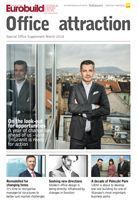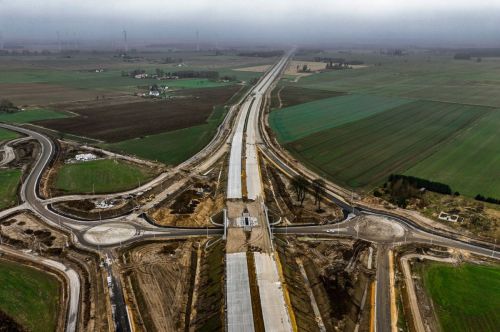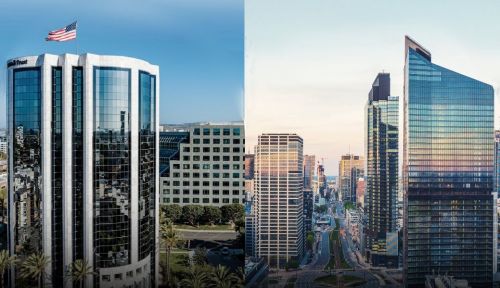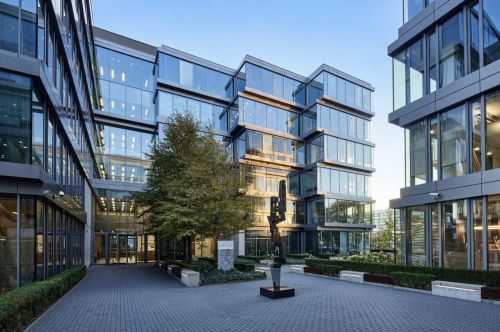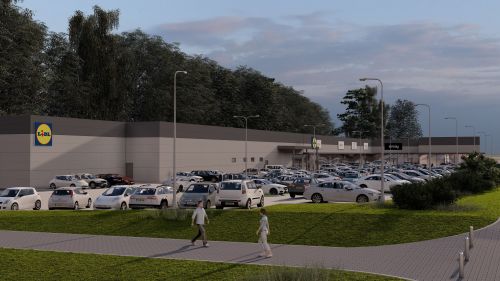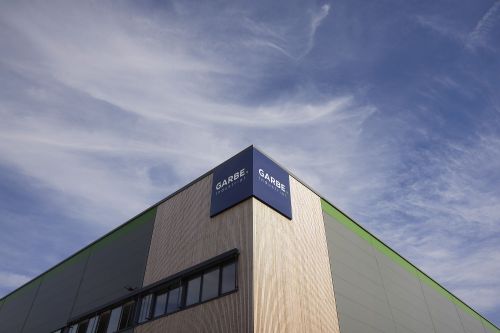In 1984, Harvard biologist Edward O. Wilson published his ‘biophilia’ hypothesis, in which he claimed that nature and people are connected by a very strong, natural, primal bond. Although we have created an artificial living environment in our cities, we still are and remain part of nature. Therefore, contact with it restores our mental and emotional balance as well as our well-being.
Biophilic design should be an inspiration both for architects and designers as well as for the city’s authorities and residents themselves, who now enjoy greater opportunities to influence then function and shape of their urban environment to give it more natural living, working and learning conditions. It is up to us to determine how the person of the future will function in our cities as they eventually become the home for the majority of the world’s population. A focus on the human and its natural needs should be the foundation of design, not just in the future, but right now.






























